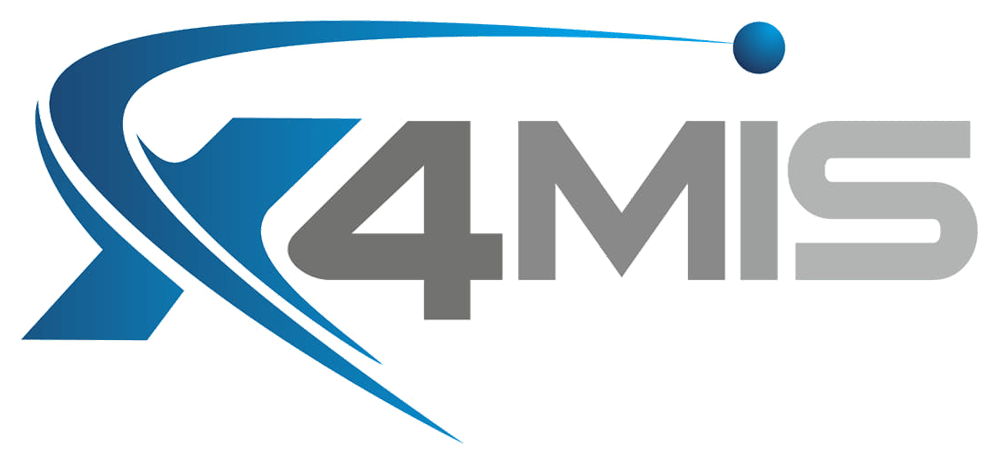Business And Programme Benefits
Article written by: Austin Watene
Business benefits refer to the positive outcomes that an organisation achieves through transformation programme. All change within an organisation is aligned to the organisational Strategy. The specific strategy which mandates the change is defined as the transformational strategy.
The business benefits refers to the main drivers of the overall transformation strategy. The business benefits are used throughout the subsequent change activities and reported on to the leadership team. These benefits are grouped at a high level into two main groups:
- People Side Benefits:
- Increased productivity - rate of adoption
- Increased competency utilisation
- Better Training - Increased workforce skill level
- Enhanced employee engagement.
- Strategic and Technical Benefits:
- Improved customer satisfaction
- Reduced costs and project overspend
- Risk and resistance mitigation
- Better decision-making
Benefits are achieved when change management is successful. A structured change management approach increases the probability of successful change management through the successful realisation of these benefits. Change management practices ensure employees are well-equipped to handle changes and adopt new systems, processes, and ways of working more efficiently. This results in increased benefits, efficiencies, streamlined workflows, and improved customer care.
Quantitative Vs. Qualitative
Measuring success starts by defining success for the change project. We consider realising the change benefits through metrics both
Quantitative and
Qualitative. Quantitative benefits are usually based around numerical and easily measurable data. In contrast, qualitative benefits are dependent on personal accounts or surveys which capture how people think, feel or respond to their environment and each other.
Both measures require assessment before, during and after the transformation.
Measuring success in change management starts by defining key performance metrics, both quantitative and qualitative. The programme should consider:
- The organisations strategy for the core business initiatives and the strategy for the transformation programme. A key challenge in planning benefits realisation is understanding the organisation's current state, its planned business goals and its derived benefits against the transition programme's planned goals & benefits. The change programme must align with the appropriate organisation, business, IT and/or customer strategy, business objectives, vision and goals (read
Link to vision & values and
Link to the strategy).
- The behaviour changes of the people and stakeholders impacted by the change, and understanding quantitative change (happier people enjoying their job) will lead to further qualitative change.
- Interactions between business as usual and the change programme. This must include both opportunities, such as planned synergies, and risks, as well as potential cannibalisation and/or disruption of the core business as usual activities (things may get worse before they get better).
Measuring the transformation benefits
The following measures can be considered to determine if the transformation obtained the defined organisational objectives and associated benefits.
1. Organisational Measures:
- Did the effort required to complete the transformation meet expectations?
- Were the defined enhancements and performances delivered?
- Was the organisation able to continue business and deliver the change?
- Was the planned ROI and benefit realised?
- Was the transformation delivered to plan? Any increase in the quickness of execution?
- Internal help desk metrics, such as tickets solved, tickets reopened, ticket escalations, issues by resolution area, as well as incidents and problems.
2. People Measures
Measuring individual progress can serve as a leading indicator of success since the individual is the unit of change. The following measures can be used to determine how far along the affected people are in their respective journeys:
- Pre-define adoption metrics.
- Reports on usage and utilisation.
- Reports on adherence and compliance.
- Competency benchmarks.
- Measures of employee involvement, buy-in and engagement.
- Employee feedback & focus groups
- Employee satisfaction surveys
- Usage and utilisation reports
- Compliance and adherence reports
- Observations of behavioral change
- Employee turnover
3. Programme Measures
Program benefits refer to the outcomes that can be achieved through the change initiative or program. These benefits include completing the program within the allotted time frame and budget, and realising the planned qualitive (e.g. financial, call time, order numbers) benefits. These metrics are the tasks the transformation team completes, they include the management and tracking of planned change management activities:
- Business and Employee
readiness assessment results.
- Delivery of communication, including targeting and engagement.
- Evaluations of training efficacy, including participant and attendance statistics for training.
- Management of the change plan and deadlines.
- Improvements in the speed of execution (for Agile assignments).
- Training participation, tests, and effectiveness measures.
- Planned project KPI measurements.
- Project effectiveness survey.
4. Customer Measures
These measures need to viewed with an understanding of other external and market forces which can positively and negatively impact results. Some obvious measures include:
- Orders, sales numbers and revenue.
- Customer satisfaction.
- Customer call / call resolution times.
- Internet traffic and page numbers.
Change doesn't happen overnight, nor do the benefits associated with change. Depending on the scale of the organisation or the change team, it can take time to process and fully realise the benefits. Using the above measures will help measure the benefits to the businesses and the adoption of change. The benefits will ensure the organisation's long-term goals are achieved when measured and reported efficiently and correctly.
Compose the Change
Browse by Categories

Free On-Line Change Management Methodology that enables individuals and organisations, especially those previously without access to effective change management programmes, to deliver more effective community and country programmes which improve prosperity and save lives.
QUICKLINKS
TRAINING LINKS
LATEST POSTS




